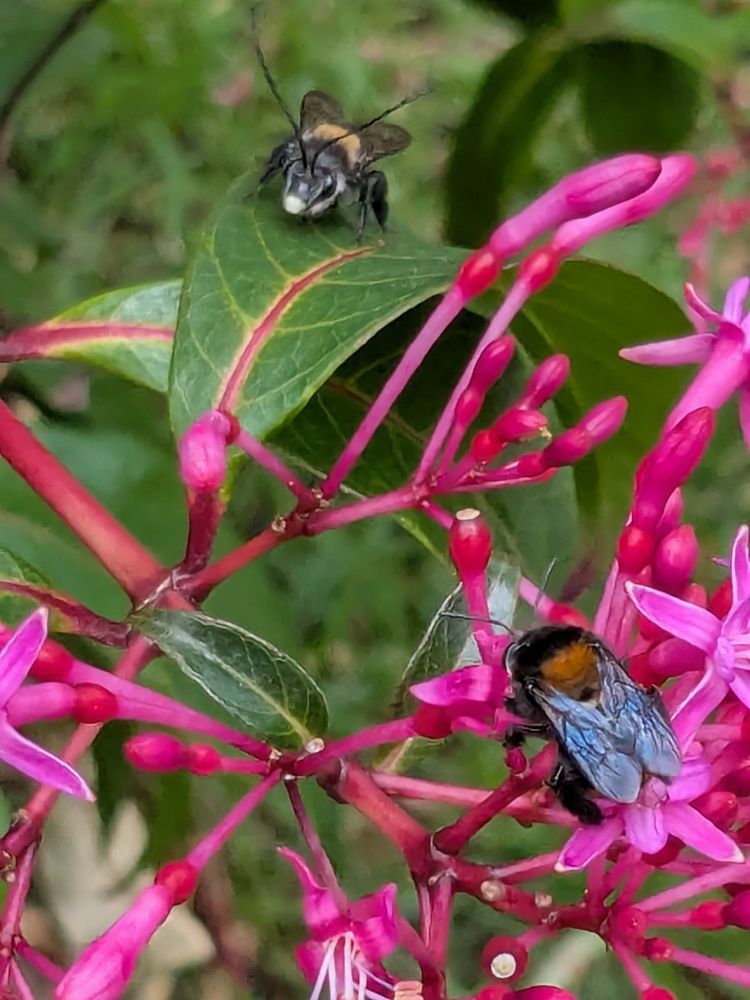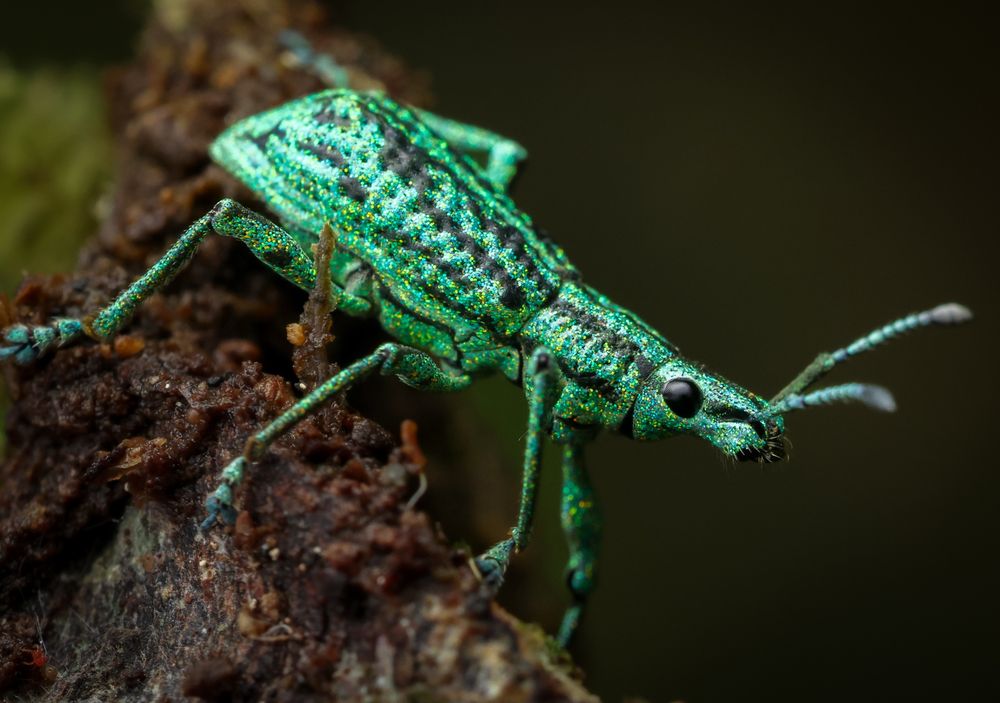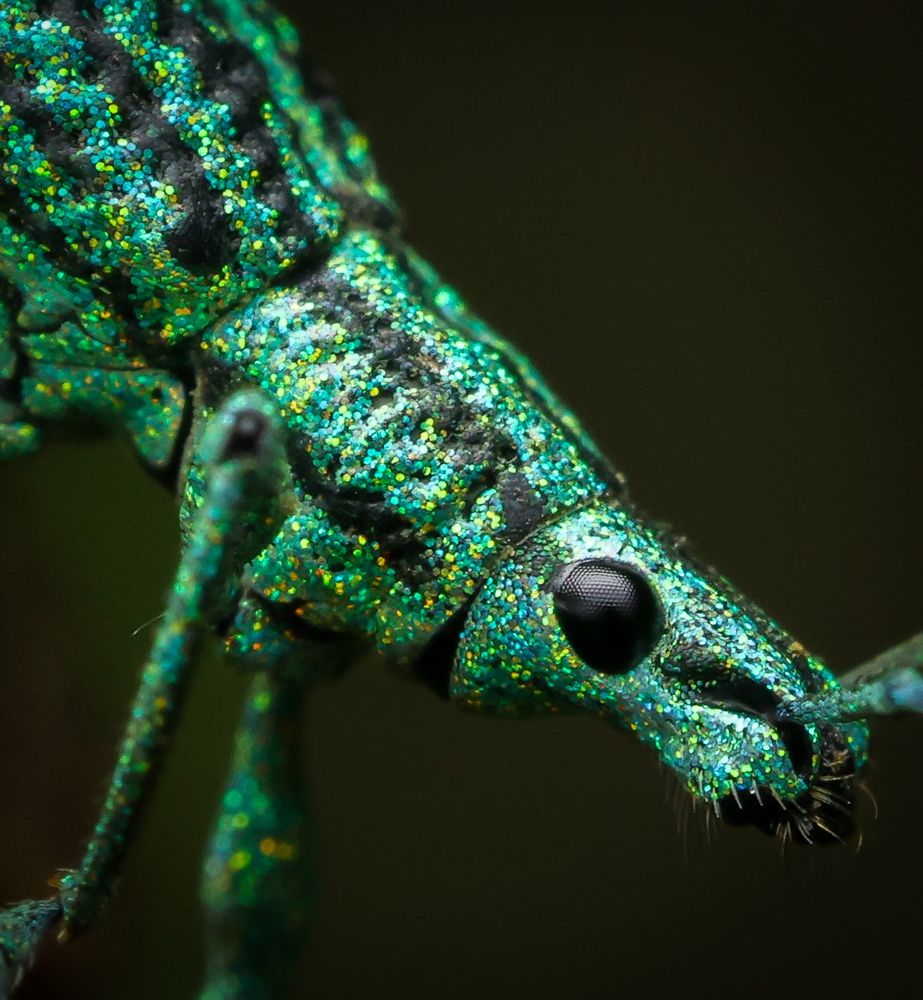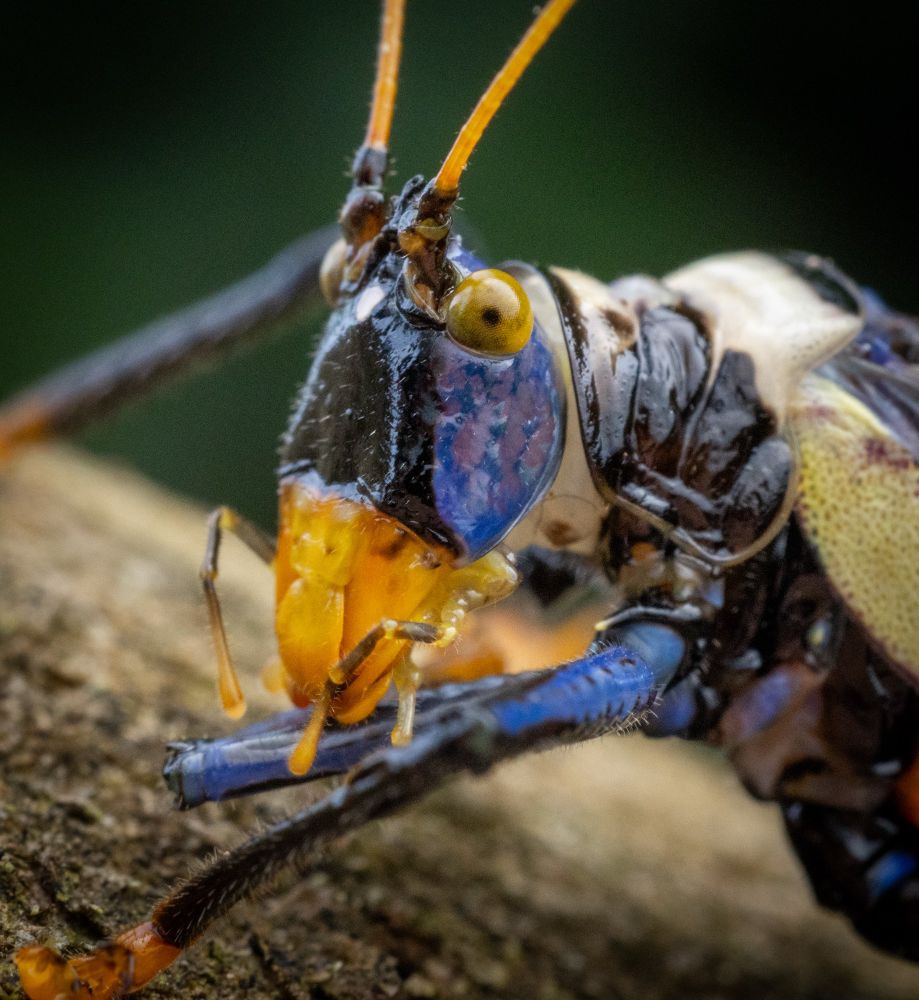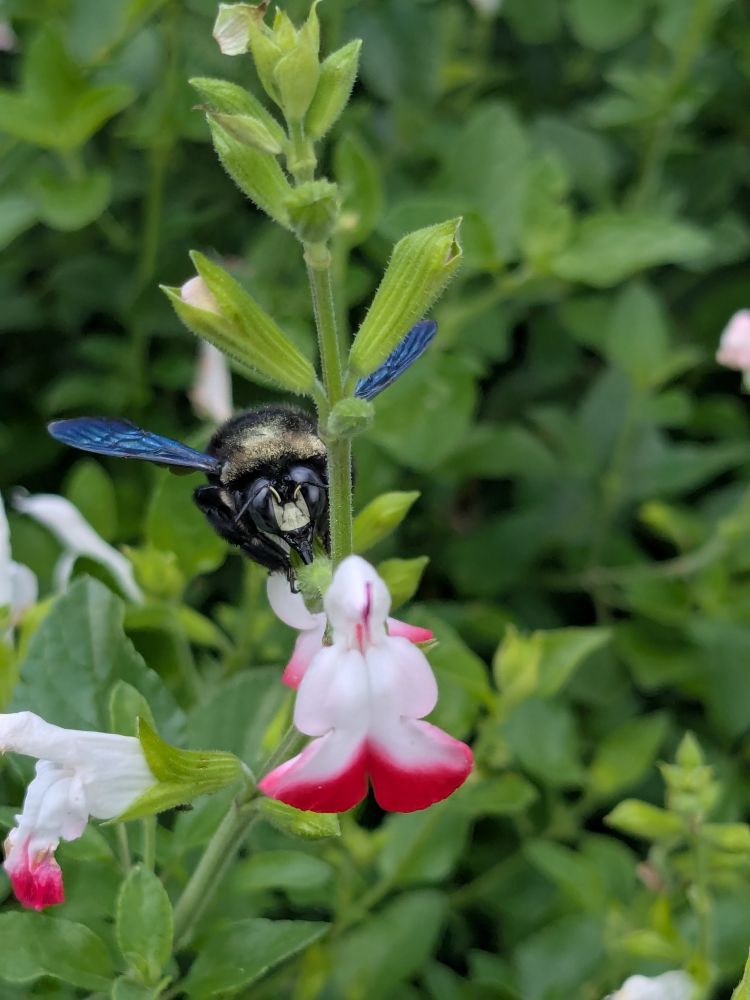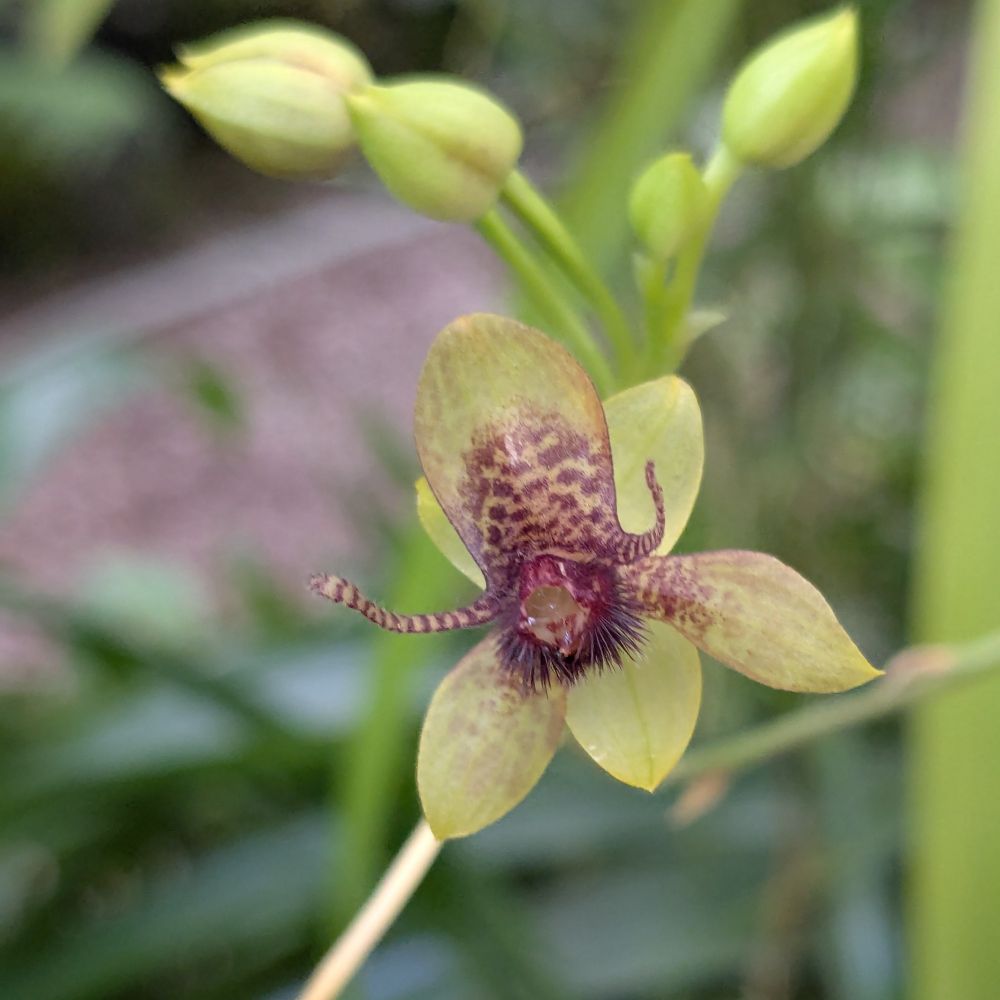Sofía Muñoz-Tobar
@smunoztobar.bsky.social
290 followers
260 following
22 posts
Ecuadorian Entomologist | Love the Andes, beetles and photography | Alumni: PUCE, University of Kansas and Clemson University
Currently at Instituto Nacional de Biodiversidad (INABIO)
#Andes #beetles #Ecuador
Posts
Media
Videos
Starter Packs
Reposted by Sofía Muñoz-Tobar
Reposted by Sofía Muñoz-Tobar
Reposted by Sofía Muñoz-Tobar
Michael Caterino
@mcaterino.bsky.social
· Aug 29

Describen doce nuevas especies de escarabajos en Ecuador - EFEverde
Investigadores de instituciones de Ecuador y Estados Unidos describieron doce nuevas especies de escarabajos del género Bibrax (Fletcher, 1927), informó este miércoles el Instituto Nacional ecuatorian...
efeverde.com
Reposted by Sofía Muñoz-Tobar
Reposted by Sofía Muñoz-Tobar
Reposted by Sofía Muñoz-Tobar
Reposted by Sofía Muñoz-Tobar
Reposted by Sofía Muñoz-Tobar













